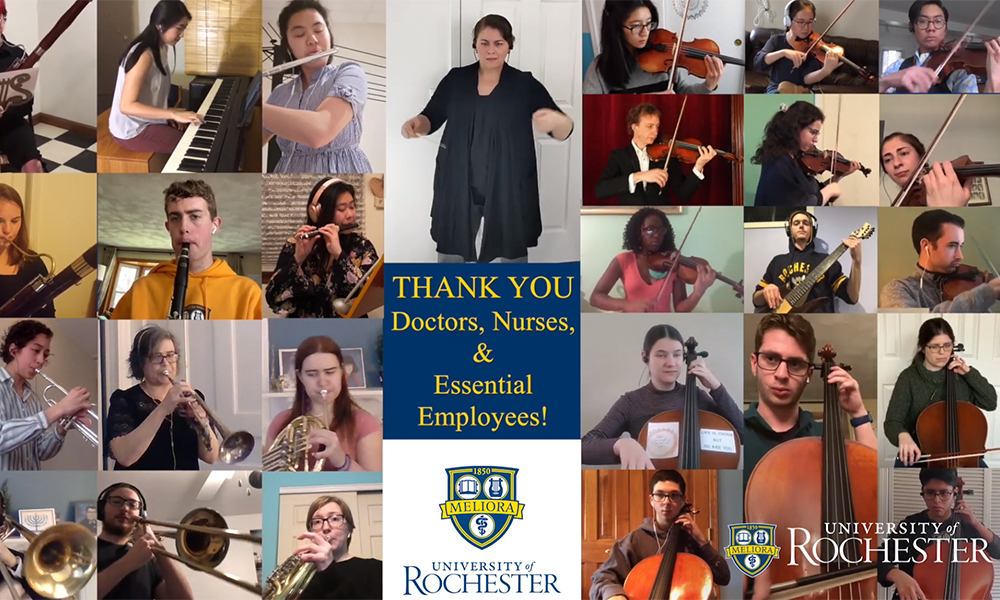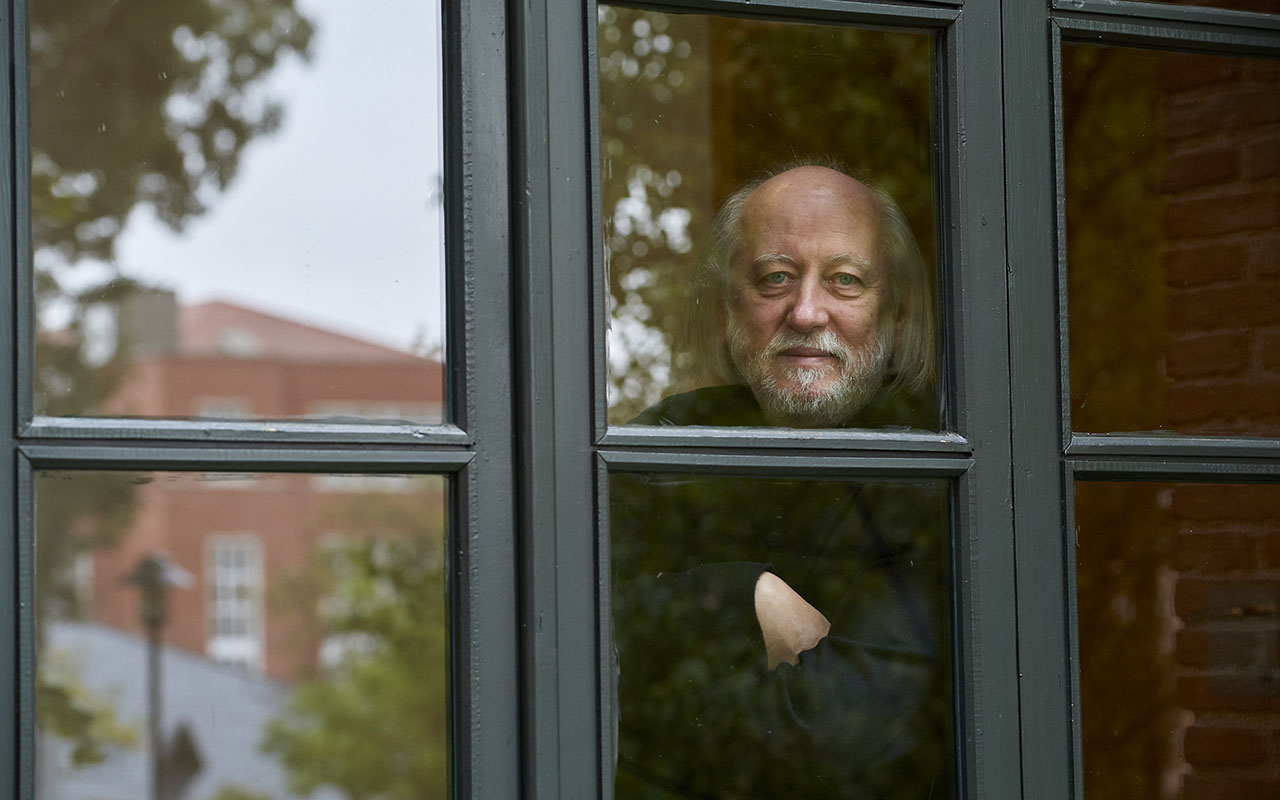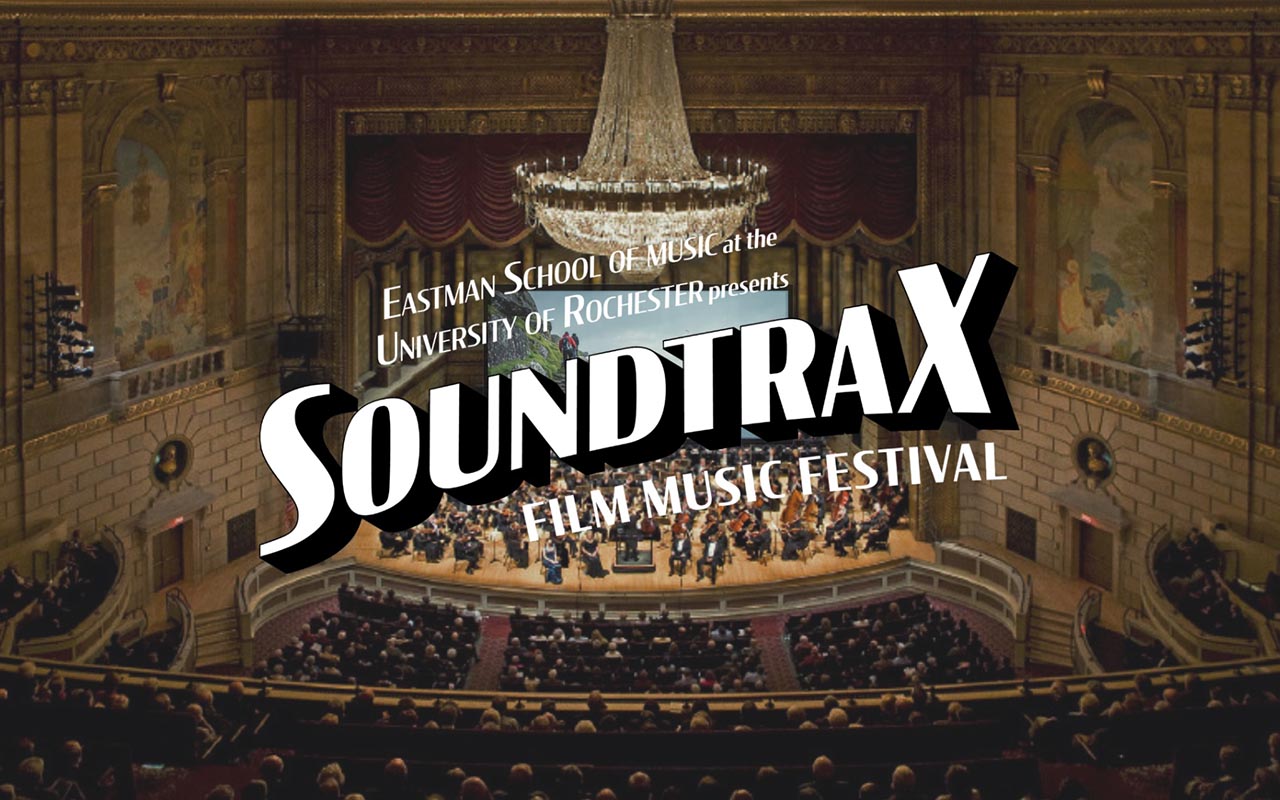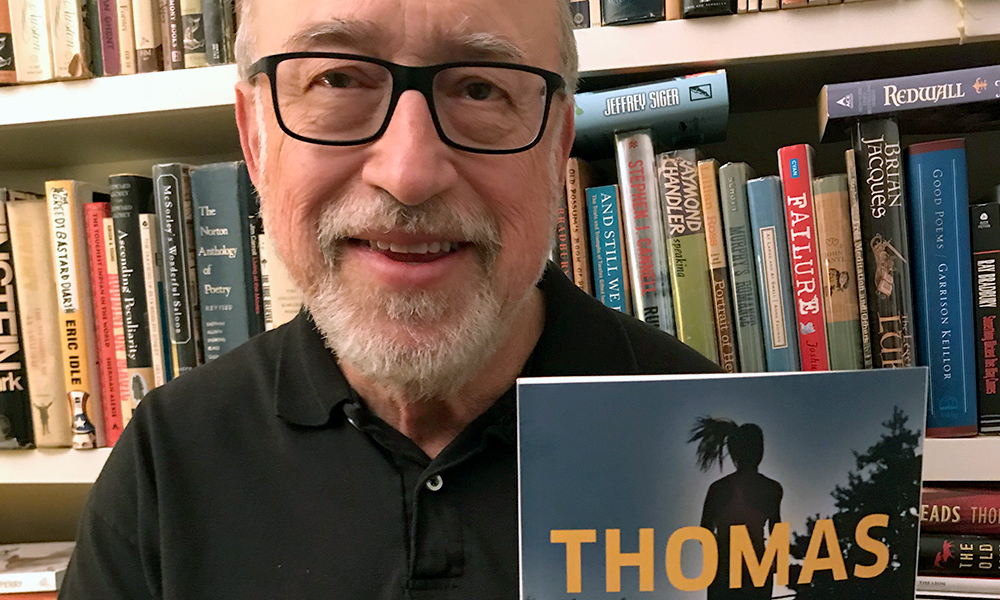It goes without saying that University campuses look and feel different this fall, but as we continue to social distance and limit the capacity of large spaces, musicians at the University of Rochester have found ways to stay connected with their audiences.
“I think we can challenge our views of what we think of as being an audience,” says Rachel Waddell, musical director and conductor in the Department of Music in the School of Arts & Sciences.
The department is no stranger to nontraditional ways of reaching audiences—prior to the pandemic, they shared their work with virtual audiences through online live streams and social media. Livestreams allowed students’ parents and families who live far away from campus to catch a weekend show on the internet.
In March 2020, when COVID-19 led to the cancellation in-person classes for the rest of the semester, it was obvious that student ensembles would not be able to perform live for an audience for some time. It was disheartening for everyone—faculty, students, and audiences alike. But it was also a turning point.
Coming to a screen near you
Performances at the Eastman School of Music will be free and streamed live regularly and accessible via the Eastman website at www.esm.rochester.edu/live. In addition, Eastman Connects is a compilation of videos created by Eastman performers that can watched at any time.
Upcoming University virtual performances:
- Oct 24 Women’s Chorus: Online performance as part of 2020 Seneca Falls Dialogues virtual conference.
- Oct 24, 25 Program of Dance and Movement – A Flight of Sites: Dance in Innovative Spaces
- Nov 1 Eastman Faculty Artist Series: Mark Kellogg
- Nov 15 Eastman Faculty Artist Concert: Masumi Per Rostad, Guy Johnston, Yoojin Jang, and Alex Kobrin
- Mid-Nov (TBA) The International Theatre Program: Online performance of an adapted Nickolai Gogol’s political satirical play The Government Inspector
- Nov-Dec (TBA) The Eastman Opera Theater will open its season with “Our Voices: Immersive Composer Collaborations.”
Adapting tradition on the fly
“I had a choice to make,” says Waddell. “I could let the ensemble fizzle out, and say that’s that, or find some project that could bond us together, make us a community, and give a sense of finality for our graduating seniors.”
Waddell decided to adapt the traditional performance of Tchaikovsky’s 1812 Overture finale, which usually takes place in front of Rush Rhees Library to mark the final day of classes. The 15-minute composition—known for its climactic volley of cannon fire—is a staple to accompany Fourth of July fireworks. The May 2020 performance of the piece at Rochester sought to recognize the graduating Class of 2020 as well as the community members serving in the fight against COVID-19.
Waddell recruited Stephen Roessner, a senior lecturer in the Department of Audio and Music Engineering, to assist her, and the duo worked together to create a timeline and plan for the project. Waddell made tutorial screencasts to show herself using the technology, and a screencast of herself conducting with a click track. Meanwhile, the students submitted their recorded video and audio to Roessner, to be stitched together into one group performance.
“You play in an orchestra and generally you’re following the conductor, and the whole orchestra,” Roessner says. “Everyone had their own tempo, and everyone kind of had their own pitch, so there were some adjustments I had to make, to make sure everyone was playing together. And that’s to be expected, when you’re playing in an orchestra, you’re adjusting to everybody around you. You’re going to come to a come to consensus orally, you’ll hear that you’re in tune with rest of the orchestra. But if you’re playing alone with no real reference point, then you can’t hear it.”
The result was a virtual performance of 1812 Overture Finale video, which was released on the University’s YouTube channel, including Instagram and Facebook accounts, reaching more than 40,000 people.
“When you go back and read the comments, and you see how many times that it’s been shared, it’s like extending that audience experience,” says Waddell. “it’s different, but I think it’s valid nonetheless.”
Coming up: A dual-orchestra performance
The success of the spring performance served as inspiration for the fall term. This semester the Symphony Orchestra is collaborating with colleagues in the Oberlin College Arts and Sciences Orchestra in a pre-recorded performance for release in December. The orchestras are taking on the arduous work of Beethoven’s entire Choral Fantasy along with selections of Pinar Toprak’s Captain Marvel.
Roessner is returning as audio engineer and Tiffany Chang, assistant professor of conducting at the Oberlin College Conservatory of Music, will do the visual engineering. Much like Rochester’s, Oberlin’s orchestra consists of both students and musicians from the larger community. “The biggest challenge has been finding creative ways to engage musicians who are unable to join us,” says Chang.
Chang looks forward to the significant opportunity this gives Oberlin musicians to connect with new audiences. “Sure, it is not going to be anywhere near what a live concert looks or sounds like, but it has the potential to reach audiences we’ve never been able to reach before.”
Waddell and Chang first met at the Hart Institute for Women Conductors at the Dallas Opera in 2019 and stayed connected. “We were both exhausted and unsure of the future,” says Waddell, a third place national winner for the American Prize—Vytautas Marijosius Memorial Award in Orchestra Programming. Waddell decided not to look at Zoom and technology as a hindrance, but to look at it as way to move forward creatively.
Waddell sees this moment as an important opportunity for students to learn how to record and present themselves for video or virtual performance. “When you’re auditioning for schools, music schools, grad schools, music festivals, competitions – what are you submitting to be evaluated?” asks Waddell. “You’re submitting recordings,” she says. “When are we ever going to have that space to have that conversation with students again?”




